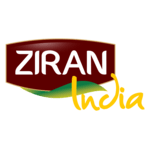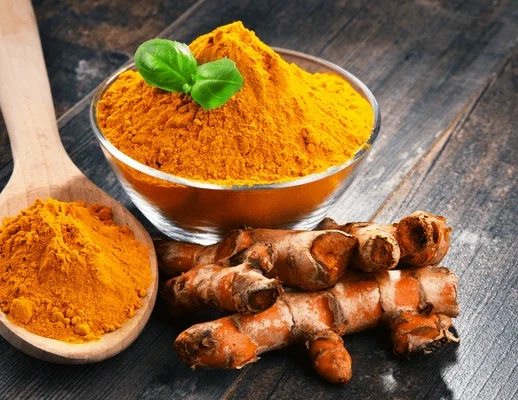Curcuma longa, commonly known as turmeric, is a flowering plant in the ginger family Zingiberaceae. It is a perennial, rhizomatous, herbaceous plant native to the Indian subcontinent and Southeast Asia. The rhizomes, or underground stems, of turmeric are used as a spice and a medicinal herb.
Turmeric has a bright yellow color and a warm, bitter, black pepper-like flavor. It is used in many Indian dishes, as well as in Southeast Asian, Middle Eastern, and Caribbean cuisine. Turmeric is also used in Ayurvedic medicine, where it is known as haridra.
The active ingredient in turmeric is curcumin, a polyphenol with antioxidant and anti-inflammatory properties. Curcumin has been shown to have a number of health benefits, including:
- Reducing inflammation
- Protecting against cancer
- Improving cognitive function
- Reducing the risk of heart disease
- Alleviating pain
- Improving wound healing
- Biological Sources –
The biological source of Curcuma longa is the turmeric plant. Turmeric is a flowering plant in the ginger family Zingiberaceae. It is a perennial, rhizomatous, herbaceous plant native to the Indian subcontinent and Southeast Asia. The rhizomes, or underground stems, of turmeric are used as a spice and a medicin al herb.
Turmeric is cultivated in tropical and subtropical regions around the world, including India, China, Indonesia, Thailand, and Sri Lanka. The plant requires a hot and humid climate, and it is grown in well-drained soil. The rhizomes are harvested after about 9 months of growth.
The active ingredient in turmeric is curcumin, a polyphenol with antioxidant and anti-inflammatory properties. Curcumin is found in the rhizomes of turmeric, and it is also present in the leaves, flowers, and stems of the plant. In addition to curcumin, turmeric also contains other compounds with potential health benefits, such as demethoxycurcumin and bisdemethoxycurcumin.
These compounds are collectively known as curcuminoids.
Turmeric has been used for centuries in traditional medicine for a variety of conditions, including arthritis, inflammation, and wound healing. More recently, scientific research has begun to confirm some of the health benefits of turmeric.
For example, studies have shown that curcumin can help to reduce inflammati on, improve cognitive function, and protect against cancer. However, more research is needed to fully understand the potential health benefits of turmeric.
- Botanical description –
▪ Plant: Perennial, rhizomatous, herbaceous plant
▪ Height: 3-6 feet tall
▪ Leaves: Alternate, lanceolate, 12-24 inches long, 3-4 inches wide
▪ Flowers: Yellow-orange, in terminal spikes
▪ Rhizomes: Cylindrical, 2-4 inches long, orange-yellow
▪ Taste: Bitter, pungent
▪ Scent: Aromatic
The rhizomes of Curcuma longa are the part of the plant that is used as a spice and a medicinal herb. They are harvested after about 9 months of growth. The rhizomes are dried and then ground into a powder. Turmeric powder is a bright yellow color and has a warm, bitter, peppery flavor.
- Chemical Constituents –
The chemical constituents of Curcuma longa (turmeric) are a diverse group of compounds, including:
▪ Curcuminoids: These are the most well-known constituents of turmeric. They are a group of polyphenolic compounds that give turmeric its yellow color. Curcuminoids have antioxidant, anti-inflammatory, and anti-cancer properties.
▪ Volatile oils: These are the compounds that give turmeric its character istic aroma. They include tumerone, atlantone, and zingiberene.
▪ Turmerones: These are compounds that are found in the essential oil of turmeric. They have antioxidant and anti-inflammatory properties.
▪ Other compounds: Turmeric also contains other compounds, such as resins, sugars, and proteins. These compounds may also have health benefits. The exact composition of the chemical constituents of turmeric can vary depending on the growing conditions, the processing methods, and the storage conditions.
- Extraction Dosage –
▪ 450 to 500 mg

